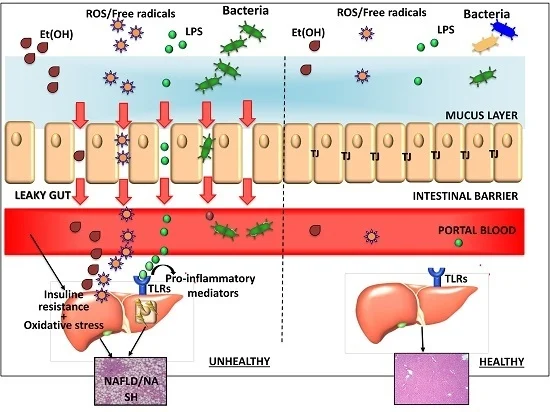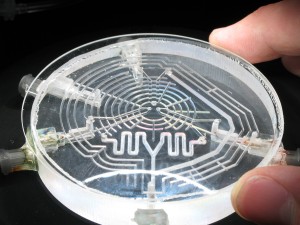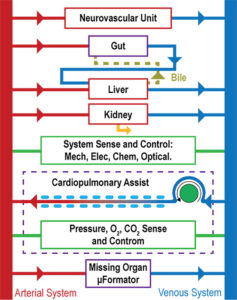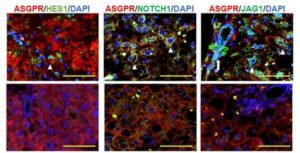Introduction
The gut-liver axis is the bidirectional interaction that exists between the gut and its microbiota, as well as the liver, and is the outcome of the integration of signals created by nutritional, genetic, and environmental factors.

How to culture vascularized & immunocompetent 3D models in a standard Multiwell
Microphysiological system gut-liver axis
Using a Microphysiological system to simulate gut-liver axis enables to study and recreate the phenomenon closer to real human physiology which is great to move away from animal models and help us understand metabolic disorders better.
Abstract
The authors state that “The interaction between the gut and the liver, often known as the gut-liver axis, play crucial roles in modulating the body’s responses to the xenobiotics as well as progression of diseases. Dysfunction of the axis can cause metabolic disorders as well as obesity, diabetes, and fatty liver disease.
During the progression of such diseases, inflammatory responses involving the immune system also play an important part. In this study, we developed a three-tissue microphysiological system (MPS) that can accommodate three different cell types in separated compartments connected via fluidic channels in a microfluidic device.
Using computational fluid dynamics, geometry of fluidic channels and flow conditions were optimized for seeding and culturing different cell types in the three-tissue MPS. Caco-2 (gut), RAW264.7 (immune), and HepG2 (liver) cells were seeded and cultured in the chip.
Stimulation of the gut cells in the MPS with lipopolysaccharide (LPS) resulted in induction of inflammatory response and production of nitric oxide (NO) in all connected chambers. The anti-inflammatory effect of luteolin was demonstrated.
Our study demonstrates that the three-tissue MPS can recapitulate the inflammatory responses involving the gut, liver and immune cells.”.
References
Jeon JW, Choi N, Lee SH, Sung JH. Three-tissue microphysiological system for studying inflammatory responses in gut-liver Axis. Biomed Microdevices. 2020 Sep 11;22(4):65. doi: 10.1007/s10544-020-00519-y. PMID: 32915326.



